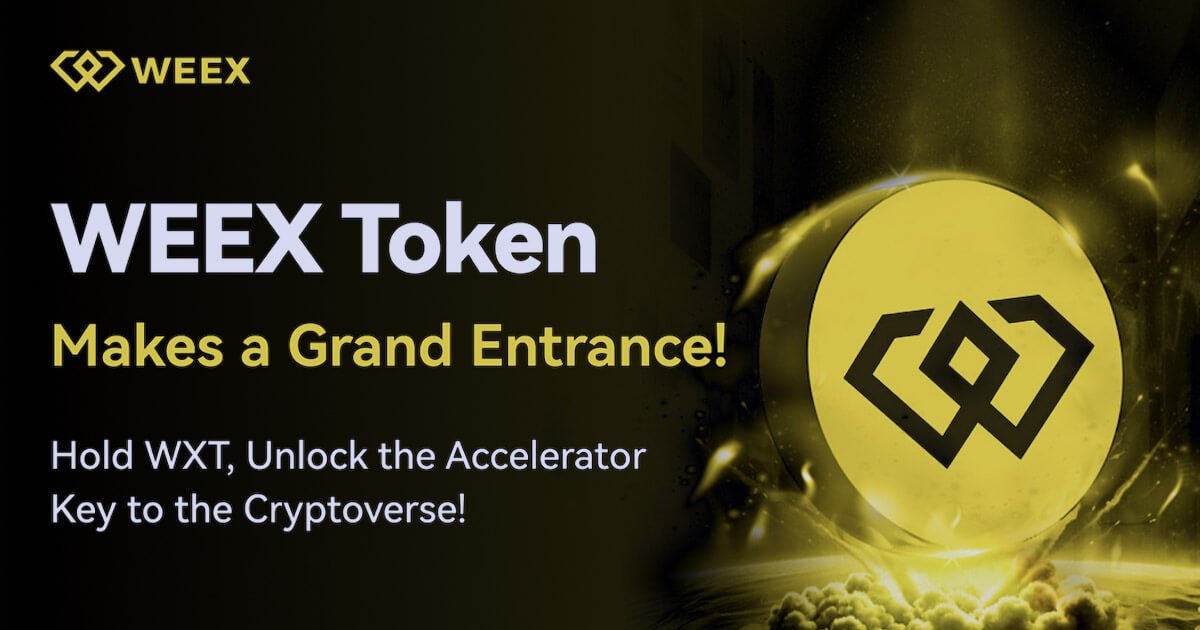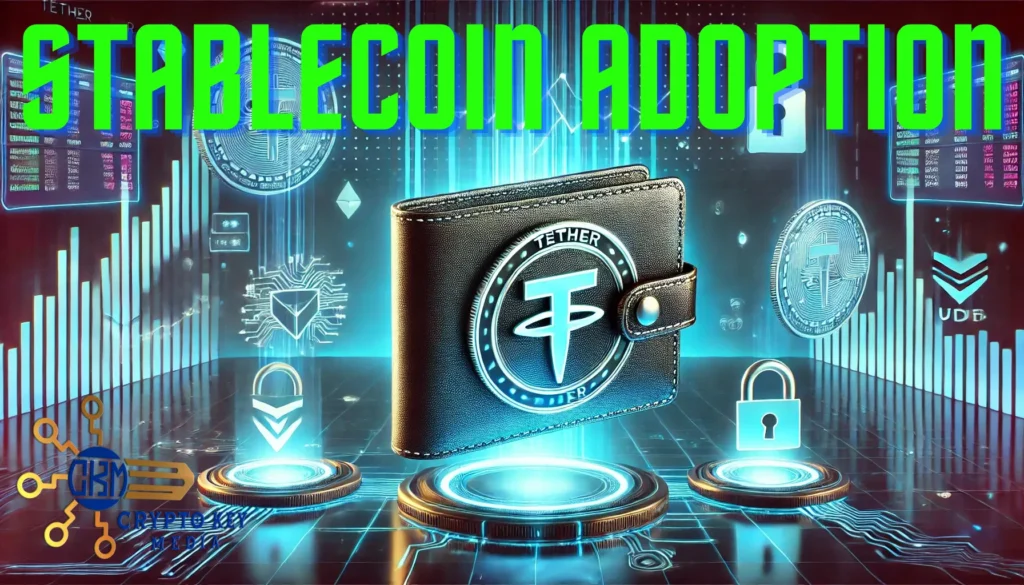
Traditional vs. Web3 Gaming is driving a profound transformation in the gaming industry. With the rise of Web3 gaming, players are being offered a new paradigm that contrasts sharply with traditional gaming models. This shift, driven by blockchain technology, is not just an evolution but a revolution that brings decentralization, transparency, and player empowerment to the forefront.
Traditional vs. Web3 Gaming: A New Era Dawns
The emergence of Traditional vs. Web3 Gaming marks a new era in digital entertainment. For years, traditional gaming has dominated the industry, characterized by centralized control and limited player ownership. Now, Web3 gaming is challenging this model by giving players unprecedented control and ownership over their in-game experiences, fundamentally changing how games are played and enjoyed.
Understanding Web3 Gaming
Traditional vs. Web3 Gaming introduces a significant shift in how games are developed and played. Web3 gaming operates on decentralized networks, unlike traditional gaming, where a single entity controls the entire game environment. This decentralized approach offers enhanced security, transparency, and true ownership of in-game assets. Blockchain technology, the backbone of Web3 gaming, ensures that all transactions and actions within the game are recorded on an immutable ledger, providing a secure and transparent gaming experience.
Key Features of Traditional vs. Web3 Gaming
Decentralization: Traditional vs. Web3 Gaming showcases the difference between centralized and decentralized game control. Traditional games are usually controlled by a central authority, like the game developer or publisher. This centralization can lead to issues such as changes in game rules or even the shutdown of games, leaving players without recourse. In contrast, Web3 games run on decentralized networks, ensuring that no single point of failure can disrupt the gaming experience.
Player Ownership: One of the most revolutionary aspects of Traditional vs. Web3 Gaming is the concept of true player ownership. In traditional games, players might spend money on in-game items, but they do not truly own these items outside of the game environment. Web3 gaming changes this dynamic by allowing players to own their in-game assets through non-fungible tokens (NFTs). These assets can be bought, sold, and traded, giving players real control over their digital investments.
Interoperability: Another groundbreaking feature of Traditional vs. Web3 Gaming is interoperability. In traditional gaming, assets and progress are typically confined to a single game. Web3 gaming breaks down these barriers by allowing assets to be used across multiple games and platforms, creating a more flexible and interconnected gaming experience.
Transparency and Security: Traditional vs. Web3 Gaming highlights the importance of transparency and security in gaming. Blockchain technology ensures that all transactions and in-game actions are recorded on an immutable ledger. This level of transparency enhances security and builds trust between players and developers, as it ensures the authenticity and history of assets.
Play-to-Earn (P2E) Models: The play-to-earn models introduced by Traditional vs. Web3 Gaming are another exciting development. Traditional gaming economies are generally one-sided, with players spending money on games with little opportunity for financial return. Web3 gaming flips this script, allowing players to earn real-world value through their in-game activities. Whether it’s earning cryptocurrency or acquiring valuable NFTs, P2E creates new opportunities for income and makes gaming more rewarding.
Comparing Traditional vs. Web3 Gaming
Ownership and Control: The most significant difference highlighted by Traditional vs. Web3 Gaming lies in ownership and control. In traditional gaming, developers and publishers hold all the power. Players may spend hours and significant amounts of money on in-game purchases, but they don’t actually own any of it. If a game shuts down, everything the player invested in is lost. Web3 gaming changes this by giving players true ownership of their assets through blockchain technology. This shift empowers players, giving them more control over their gaming experience.
Economic Models: The economic models in Traditional vs. Web3 Gaming are another key difference. Traditional games generally rely on upfront purchases, subscriptions, and in-game microtransactions. While there are some ways for players to earn money, such as through eSports, these opportunities are limited. Web3 gaming, on the other hand, introduces play-to-earn models, where players can earn cryptocurrency and valuable NFTs just by playing the game. This creates a more dynamic and engaging player community, with real financial incentives to play and succeed.
Interoperability and Flexibility: Traditional vs. Web3 Gaming also emphasizes the flexibility and interoperability that Web3 gaming offers. Traditional games are often isolated experiences, with assets and progress tied to a single game. Web3 gaming breaks down these barriers by promoting interoperability. Assets and progress in one game can be transferred to another, thanks to the decentralized nature of Web3 gaming. This flexibility enhances the overall gaming experience, allowing players to carry their investments and achievements across multiple games.
Transparency and Fairness: Traditional vs. Web3 Gaming showcases the importance of transparency and fairness. In traditional gaming, the rules and mechanics are determined by the developers, and players must trust that the game is fair. Unfortunately, this isn’t always the case, and issues like cheating and unfair practices can erode player confidence. Web3 gaming leverages blockchain technology to create a transparent and immutable record of all in-game actions. Smart contracts enforce rules automatically, ensuring fairness and reducing the risk of cheating. This transparency builds trust between players and developers, making the gaming experience more enjoyable for everyone.
The Future of Traditional vs. Web3 Gaming
While Traditional vs. Web3 Gaming is still a relatively new concept, its potential is enormous. As blockchain technology continues to evolve and gain mainstream adoption, we can expect to see more innovative and immersive Web3 games. These games will likely offer richer and more rewarding experiences, driven by the principles of decentralization, ownership, and player empowerment.
The rise of Web3 gaming also opens up new possibilities for the gaming industry as a whole. By embracing these new technologies, developers can create more engaging and inclusive games that appeal to a broader audience. Players, in turn, will benefit from greater control, ownership, and financial opportunities within these new gaming ecosystems.
Conclusion
The shift from traditional gaming to Web3 gaming represents more than just a technological advancement; it marks a fundamental change in how we perceive and interact with digital entertainment. Traditional vs. Web3 Gaming is poised to transform the industry into a more inclusive, fair, and innovative space. As more developers and players embrace this new paradigm, the gaming landscape will likely see a transformation that brings greater inclusivity, fairness, and innovation to the gaming experience.
The future of gaming is bright, and Traditional vs. Web3 Gaming is leading the charge. Whether you’re a casual player or a hardcore gamer, the revolution is here—and it’s time to be a part of it.
Read More: Here








